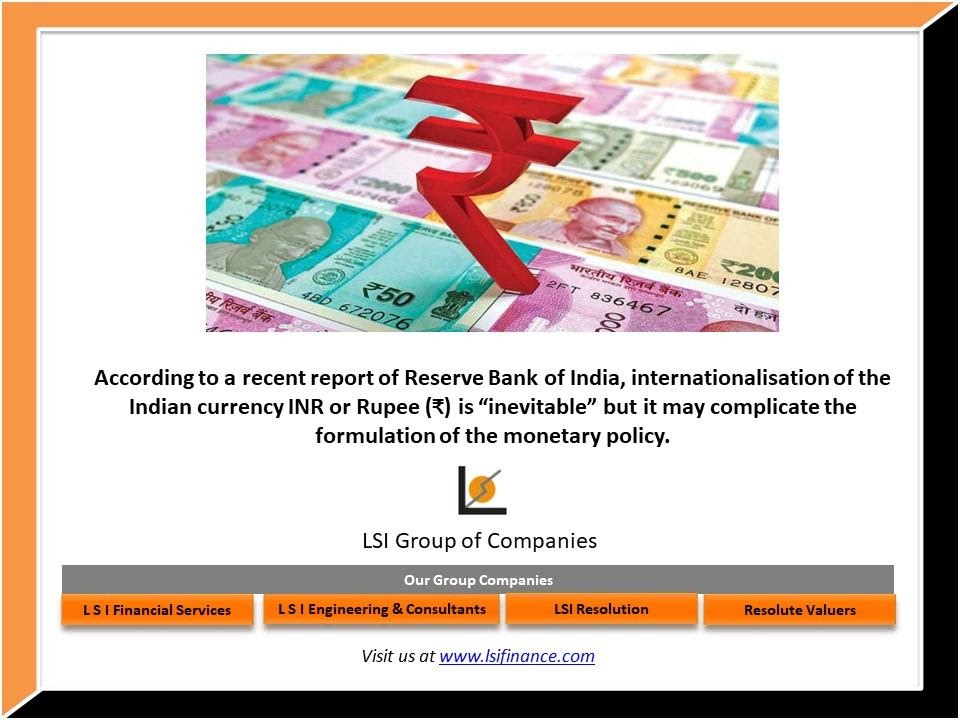#lsiknowledgecenter_india
Currency internationalization is the widespread use of a currency outside the borders of its country of issue. After the internalization, the currency is used by both the residents and non-residents. The government of the issuing economy also does not have restrictions on purchase or sale of that currency by any entity.
Some of the Advantages:
1. Lower transaction costs of cross-border trade.
2. Price stability build the confidence of the international investors to invest more in the domestic currency.
3. The inflation rate, which is higher than the world average, supports the use of the currency as an international medium of exchange and a store of value and can “restrict the role of such an economy in global value chains”.
Some of the Disadvantages:
1. The domestic market needs to be large, equipped and strong for effectively absorbing the external shocks.
2. It limits the ability of the central bank to control domestic money supply and influence interest rates as per domestic macroeconomic conditions.
Source: Reserve Bank of India
For Research Reports and Infographics: https://bit.ly/2XL0uQ2
For Research Articles: blog.lsifinance.com
#currency #rupee #internationalisation #inflation #trade #investment #indianeconomy

